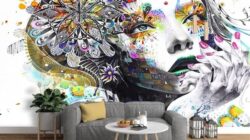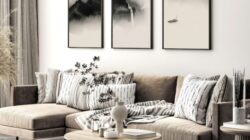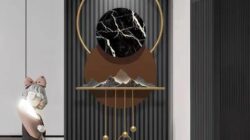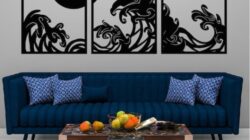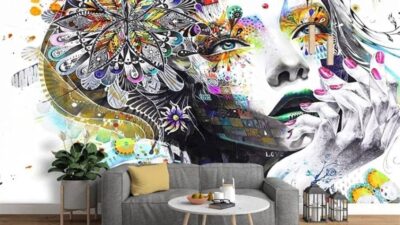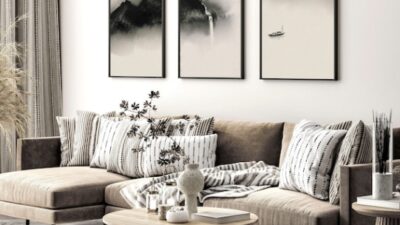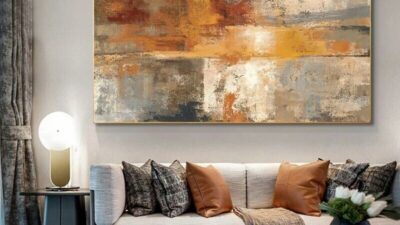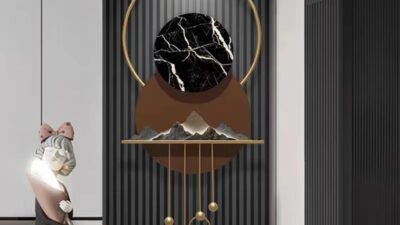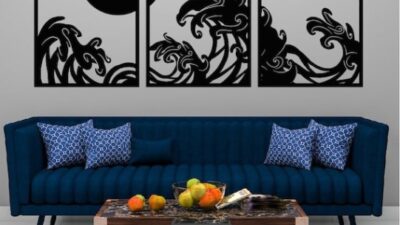A Tapestry of Knots: The Timeless Charm of Macrame
In the realm of wall art, macrame has emerged as a captivating trend, weaving its way into Homes and hearts alike. This ancient art form, rooted in intricate knotting techniques, has been reimagined for modern aesthetics, offering a unique blend of bohemian chic and minimalist charm.
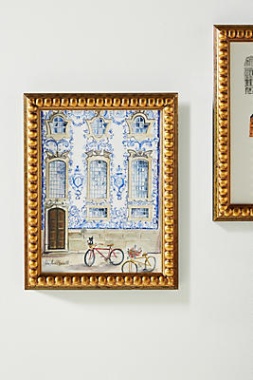
Image Source: urbndata.com
The Allure of Macrame Wall Hangings
Macrame wall hangings are more than just decorative pieces; they are expressions of artistry and creativity. Each knot, each loop, and each fringe tells a story, reflecting the individuality of the artist and the space they adorn. The versatility of macrame allows for a wide range of styles, from delicate and ethereal to bold and geometric. Whether you prefer a minimalist approach or a maximalist explosion of color and texture, there’s a macrame wall hanging to suit your taste.
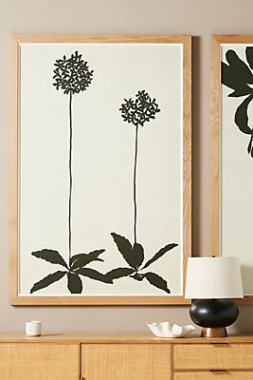
Image Source: urbndata.com
Why Macrame Wall Hangings Are a Perfect Fit
Bohemian Chic: Macrame’s natural fibers and relaxed aesthetic effortlessly complement bohemian-inspired interiors.
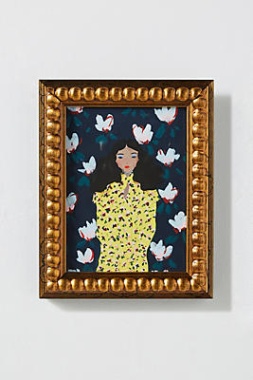
Image Source: urbndata.com
How to Choose the Perfect Macrame Wall Hanging
When selecting a macrame wall hanging, consider the following factors:
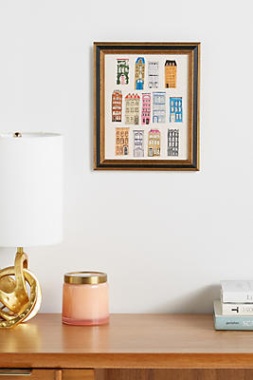
Image Source: urbndata.com
Size and Scale: The size of the wall hanging should be proportionate to the space it will occupy. A large, bold piece can be a focal point, while smaller, delicate pieces can add subtle accents.
Crafting Your Own Macrame Masterpiece
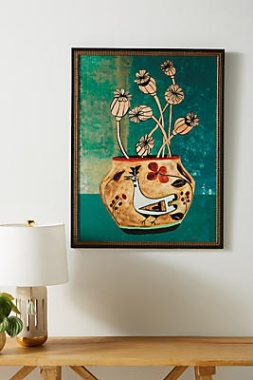
Image Source: urbndata.com
If you’re feeling inspired, why not try your hand at creating your own macrame wall hanging? With a few basic knots and some patience, you can create a unique piece that reflects your personal style. Here are a few tips to get you started:
Start with the Basics: Begin by learning the fundamental knots, such as the square knot and the half-hitch.
Macrame wall hangings are a versatile and stylish addition to any home. Whether you choose to purchase a ready-made piece or create your own, you’re sure to add a touch of boho chic to your space.
Nature, in all its splendor, has always been a source of inspiration for artists and designers alike. By incorporating elements of the natural world into your wall art, you can create a serene and calming atmosphere in your Home. Here are a few ideas to get you started:
Botanical Beauty
Pressed Flower Art: Gather delicate flowers and leaves from your garden or local park. Press them between heavy books to dry them out. Once they’re completely dry, you can frame them individually or create a collage.
Wood Wonders
Driftwood Art: Gather driftwood from the beach and arrange it into unique and eye-catching sculptures. You can leave the wood natural or paint it to match your decor.
Celestial Charm
Constellation Art: Create a mesmerizing celestial scene by painting or drawing constellations on your wall. You can use glow-in-the-dark paint for a truly magical effect.
Aquatic Allure
Ocean-Inspired Art: Bring the beauty of the ocean into your home with seashell art, nautical maps, or paintings of waves and sunsets.
Animal Kingdom
Animal Prints: Incorporate animal prints into your wall art, such as zebra stripes, leopard spots, or giraffe patterns. You can use wallpaper, fabric, or paint to achieve this look.
Earth Tones and Textures
Terracotta Art: Incorporate earthy tones into your wall art with terracotta sculptures, pottery, or paintings.
By incorporating elements of nature into your wall art, you can create a space that is both stylish and serene. Whether you prefer a minimalist or maximalist approach, there are endless possibilities for nature-inspired Wall Decor.
A Timeless Tapestry of Nature
Dried flower art has emerged as a captivating trend in Interior Design, offering a unique blend of natural beauty and artistic expression. This ancient technique, which involves preserving flowers and plants through drying, has evolved into a contemporary art form that adds a touch of elegance and sophistication to any space.
A Glimpse into History
The practice of drying flowers for decorative purposes dates back centuries. Ancient Egyptians, for instance, used dried flowers in their elaborate funeral rituals. Over time, the art of drying flowers has been refined and adapted to various cultural contexts. Today, dried flower arrangements are celebrated for their versatility and enduring appeal.
The Allure of Dried Flowers
What makes dried flower art so captivating? Perhaps it’s the way it seamlessly blends the organic and the artistic, creating a harmonious balance between nature and human creativity. Dried flowers possess a timeless quality that transcends fleeting trends. They evoke a sense of nostalgia and tranquility, transporting us to simpler times.
The Art of Arrangement
Arranging dried flowers is both an art and a science. It requires a keen eye for detail, a sense of balance, and a deep appreciation for the beauty of nature. Skilled artisans carefully select and arrange dried flowers to create stunning compositions that evoke a range of emotions.
The Benefits of Dried Flower Art
Beyond their aesthetic appeal, dried flower arrangements offer several practical benefits:
Durability: Unlike fresh flowers, dried flowers can last for years with minimal care, making them a cost-effective and sustainable choice.
Incorporating Dried Flower Art into Your Space
There are countless ways to incorporate dried flower art into your Home or office:
Wall Art: Create stunning wall art by framing dried flowers or pressing them between glass.
DIY Dried Flower Projects
If you’re feeling creative, you can try your hand at DIY dried flower projects. Here are a few ideas to get you started:
Pressed Flower Art: Press delicate flowers between heavy books or use a flower press to create unique artwork.
Preserving the Beauty of Nature
By embracing the art of dried flowers, we can celebrate the beauty of nature and create stunning, long-lasting Decorations for our homes. Whether you choose to purchase a professionally crafted arrangement or create your own, dried flower art is a wonderful way to add a touch of natural elegance to your space.
Please provide the list of 4 items so I can tailor the article specifically to item #4.
However, I can provide a general template and example to illustrate how you might approach this. Let’s assume item #4 is “Vintage-inspired botanical prints”.
Vintage-Inspired Botanical Prints: A Timeless Touch
Vintage-inspired botanical prints offer a unique blend of old-world charm and modern elegance. They can transform any space into a serene oasis, adding a touch of nature’s beauty to your walls.
Why Botanical Prints?
Timeless Appeal: Botanical prints have been popular for centuries, and their classic appeal never fades.
How to Incorporate Botanical Prints into Your Space
1. Create a Gallery Wall: Arrange a collection of botanical prints in various sizes and frames to create a stunning focal point.
2. Single Statement Piece: A large, framed botanical print can be a dramatic centerpiece for a room.
3. Mix and Match: Combine botanical prints with other types of art, such as abstract or geometric pieces, for a visually interesting display.
4. Coordinate with Your Decor: Choose prints that complement your existing color scheme and style.
5. Experiment with Framing: Different frame styles can significantly impact the overall look of your botanical prints.
Tips for Styling Botanical Prints
Consider the Room: The size and style of the room will influence the best placement for your botanical prints.
Popular Botanical Motifs
Floral Prints: Delicate flowers like roses, lilies, and tulips are timeless classics.
By incorporating vintage-inspired botanical prints into your Home, you can create a space that is both stylish and serene. Whether you prefer a minimalist or maximalist approach, there’s a botanical print to suit your taste.
Remember, the key to successful wall art is to choose pieces that resonate with you personally. So, go ahead and let your imagination bloom!
[Add more specific details and examples related to your item #4. You could discuss popular artists, historical significance, or specific design tips.]
Would you like me to continue with the other items on your list, or do you have any other questions?
anthropologie wall art






